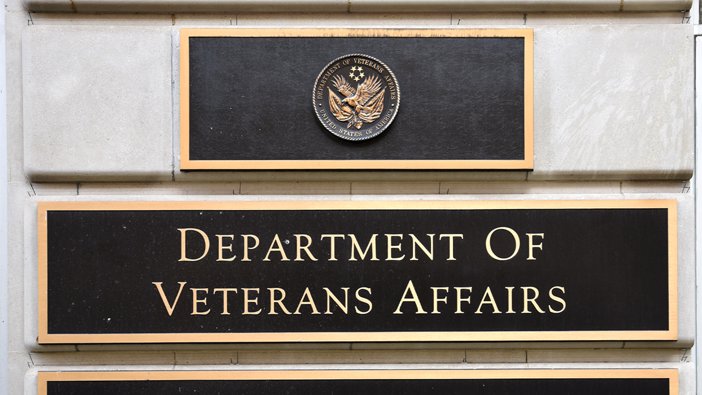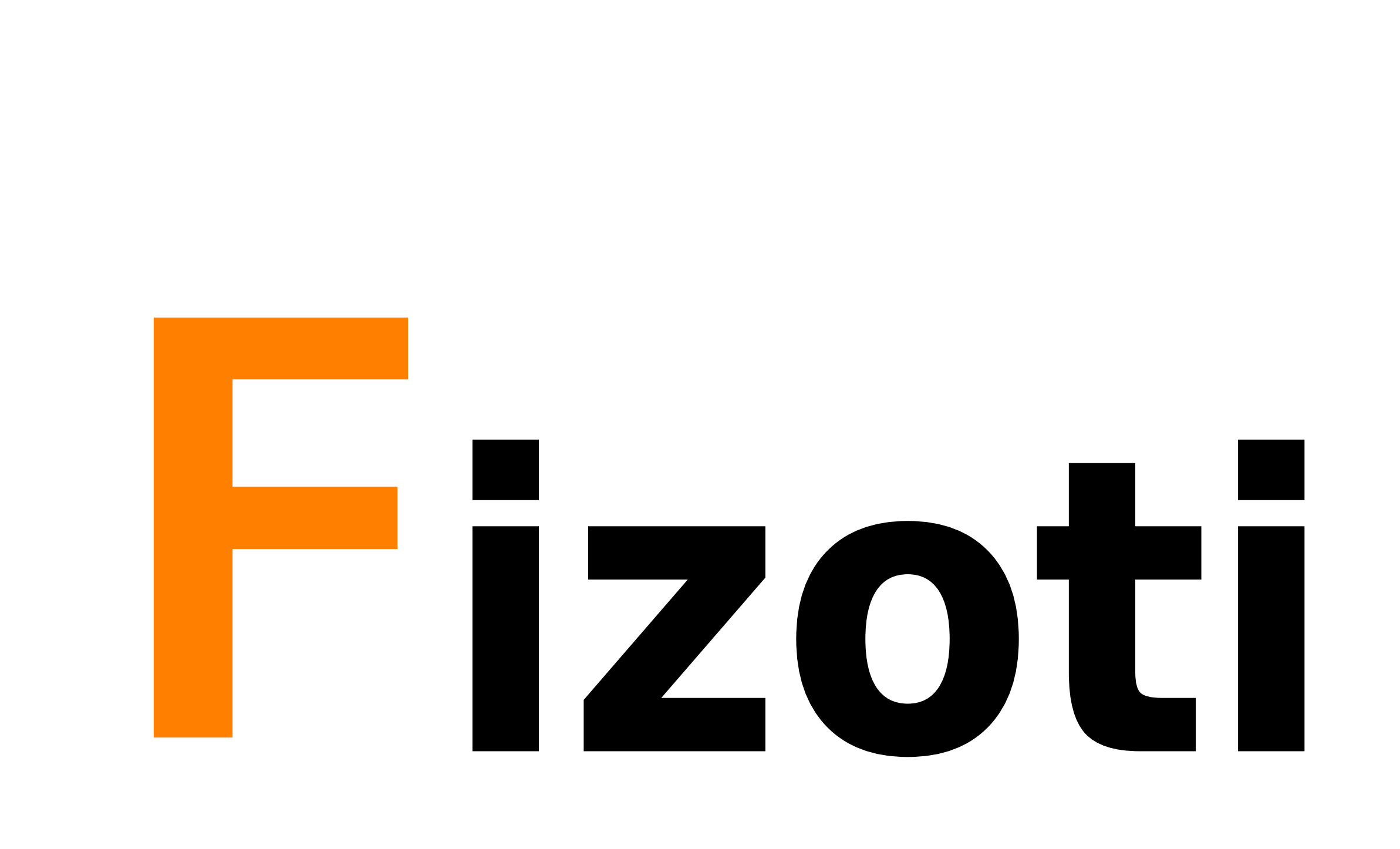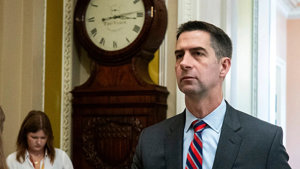
Audit Finds $341M in Unverified VA Payments
Audit reveals $341 million in VA incentive payments lacked documentation as lawmakers urge greater oversight.
House Oversight Hearing Exposes Documentation Gaps in VA Payments
A recent congressional hearing has cast a spotlight on the Department of Veterans Affairs (VA) after a government audit revealed that millions of dollars in incentive payments to employees were distributed without proper documentation. The revelations came during a session led by Rep. Jen Kiggans, R-Va., at the House Committee on Veterans’ Affairs Subcommittee on Oversight and Investigations.
The hearing focused on payments issued between 2020 and 2023, a period during which recruitment, retention, and relocation incentives—known within the VA as the “three Rs”—saw a dramatic increase. According to the audit, recruitment payments soared by 237%, retention incentives grew by 131%, and relocation payments rose by 85%. In total, the VA disbursed $1.2 billion in incentive payments during this timeframe, but $341 million of that sum was not supported by adequate documentation, raising concerns about oversight and accountability.
Chris Lovell, a retired Marine Corps Major and CEO of Lovell Government Services, described these incentives as essential for keeping highly specialized staff within the VA system. “It gives additional pay to folks… to keep them and retain them, especially if they have specialty vocations that the VA needs,” Lovell explained. Yet, he acknowledged that gaps in management have allowed questionable payments to slip through the cracks.
The audit highlighted several egregious examples, including a case in which the Veterans Health Administration awarded $30,000 in relocation payments to an employee who never actually moved. Such findings echo earlier issues: a 2017 report similarly identified more than $158 million in unsupported spending by the VA.
Calls for Stronger Controls and System Upgrades
Lovell argued that the VA could address many of these documentation problems by modernizing its outdated management systems and improving internal oversight. The current Defense Civilian Pay System, shared with the Department of Defense, is more than 30 years old and ill-suited to the demands of a modern, sprawling agency. “If [management says] they want to clean up erroneous payments or payments without documentation, then they need to supervise that… And the second piece of that improvement process… is the system,” Lovell said.
Despite these challenges, Lovell emphasized that the VA continues to serve veterans effectively on a daily basis. “We're happy to be a part of that,” he added, underscoring the importance of keeping the agency’s mission in perspective even as it works to address inefficiencies.
During the hearing, VA officials referred lawmakers to the agency’s prepared testimony, without providing further comment. The VA, one of the largest federal employers with roughly 482,000 staff, relies heavily on its Veterans Health Administration workforce to deliver healthcare and support to millions of former service members.
The hearing also touched on other cost-saving measures, with the Department of Government Efficiency reporting that the VA was previously paying approximately $380,000 per month for minor website modifications. That contract has since been terminated, with similar work now performed by a single internal software engineer at a fraction of the cost.
Lawmakers signaled that further scrutiny of VA spending practices is likely as the committee seeks to ensure every dollar dedicated to veterans is spent effectively and with full accountability.






